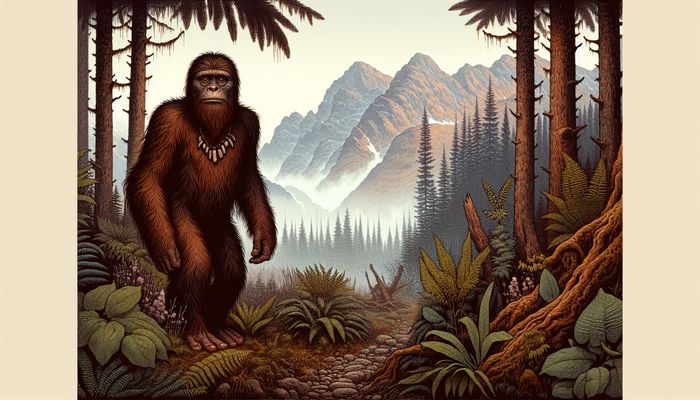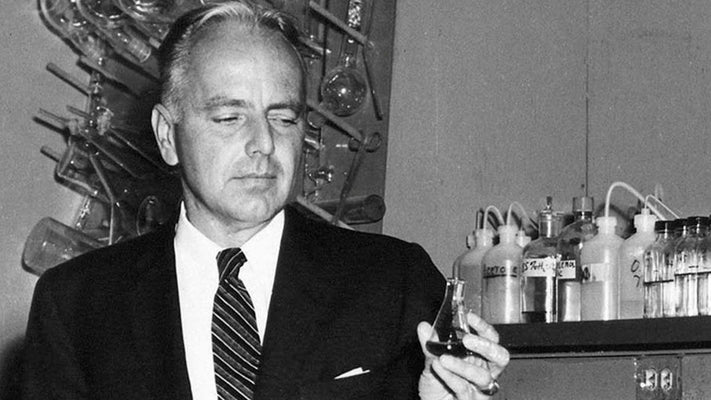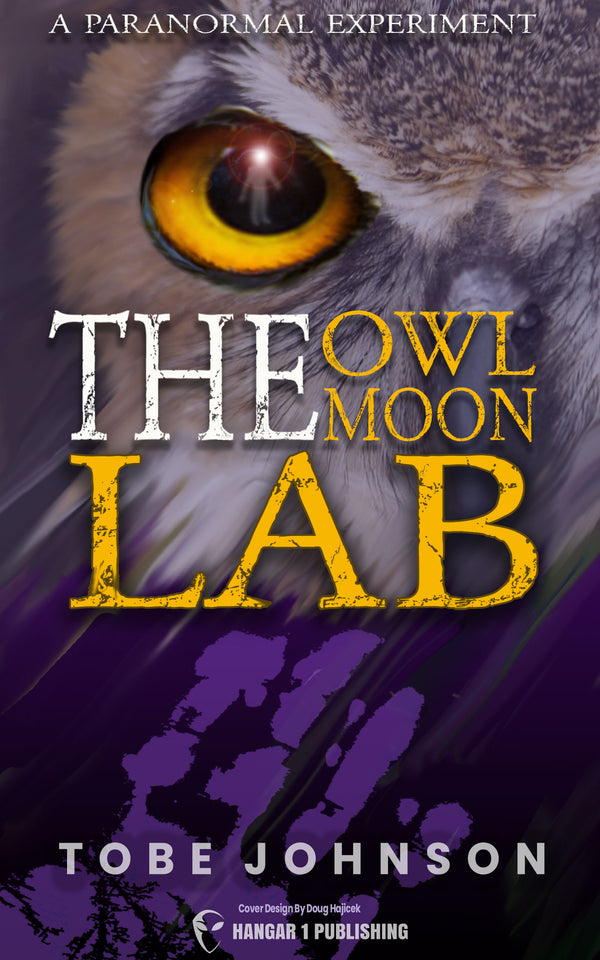Bigfoot Myths vs. Modern Sightings: Unraveling the Legend

By Lucas Jennings, Cryptozoologist
The Origins of the Bigfoot Legend
Long before the term "Bigfoot" entered the lexicon, stories of wild, hairy humanoids roamed the oral traditions of indigenous peoples across North America. The Sts'ailes people of British Columbia spoke of "sasq'ets," a word that would eventually morph into "Sasquatch." This creature wasn't just a beast of the forest; it was often portrayed as a spiritual entity, a guardian of nature with supernatural powers.
But Bigfoot isn't just a North American phenomenon. Similar creatures populate the folklore of cultures worldwide. The Himalayan Yeti, Australia's Yowie, and the Almasty of Central Asia all share common threads with our homegrown hairy giant. These global parallels suggest a universal human fascination with the idea of an undiscovered primate lurking just beyond the edges of civilization.
The modern Bigfoot narrative, however, truly took shape in the mid-20th century. On October 5, 1958, the Humboldt Times newspaper in Northern California published an article about loggers discovering enormous footprints. It was in this piece that the term "Bigfoot" was first coined, catapulting the legend into the national spotlight.
This pivotal moment set the stage for what would become the most iconic piece of Bigfoot lore: the Patterson-Gimlin film. Shot in 1967 by Roger Patterson and Bob Gimlin, this short piece of footage purportedly shows a female Bigfoot striding across a clearing in Bluff Creek, California. The image of this creature, affectionately dubbed "Patty," has become the definitive representation of Bigfoot in the public imagination.
The film's impact cannot be overstated. It transformed Bigfoot from a local legend into a national phenomenon, sparking decades of debate, analysis, and imitation. Even today, with our advanced video technology, the Patterson-Gimlin film remains a subject of intense scrutiny and speculation.
Myths and Cultural Significance
Bigfoot isn't just a potential biological anomaly; it's a cultural touchstone that reflects our deepest fears, hopes, and values. In many indigenous traditions, Sasquatch-like beings are portrayed as guardians of the natural world. These stories often serve as cautionary tales, warning against the exploitation of nature and the consequences of disrespecting the wilderness.
The Wendigo of Algonquian folklore, for instance, is a terrifying creature born from human greed and cannibalism. While not directly related to Bigfoot, it shares the theme of a wild humanoid embodying the dangers of losing one's humanity to the harsh realities of the wilderness. These stories reflect a deep-seated respect for nature and the delicate balance between human society and the untamed world.
In modern times, Bigfoot has evolved into a symbol of environmental conservation. The creature's alleged habitat – vast, untouched wilderness areas – highlights the importance of preserving these ecosystems. Bigfoot enthusiasts often argue that the lack of definitive proof of the creature's existence is due to the shrinking of these wild spaces, inadvertently making a case for habitat protection.
Psychologically, the Bigfoot myth taps into our fascination with the unknown and our desire for wonder in an increasingly mapped and understood world. It represents a last frontier of discovery, a tantalizing possibility that there are still mysteries to be solved and creatures to be found. This aspect of the Bigfoot phenomenon speaks to a very human need for exploration and the thrill of potential discovery.
Modern Sightings: A Contemporary Phenomenon
Despite (or perhaps because of) our technologically advanced society, Bigfoot sightings continue to be reported with surprising frequency. The advent of smartphones and social media has transformed how these encounters are shared and analyzed.
A prime example is the 2023 Colorado train sighting. In October of that year, a couple aboard the Durango & Silverton Narrow Gauge Railroad claimed to have spotted a large, dark figure moving through the forest. The video, captured by a fellow passenger, quickly went viral, reigniting public interest in the Bigfoot phenomenon. While skeptics pointed out the blurry nature of the footage and the possibility of misidentification, believers saw it as compelling evidence of Bigfoot's existence.
This incident highlights a key aspect of modern Bigfoot sightings: the role of technology in both documenting and disseminating alleged encounters. Social media platforms allow eyewitness accounts to spread rapidly, often outpacing critical analysis. This immediacy can lead to a kind of digital folklore, where stories and images are shared and reshaped in real-time, blurring the lines between fact and fiction.
The Bigfoot Field Researchers Organization (BFRO) maintains a database of reported sightings, with thousands of entries from across North America. These reports range from fleeting glimpses to detailed encounters, often accompanied by descriptions of vocalizations, wood knocking, and other behaviors attributed to the creature.
Interestingly, the Pacific Northwest remains a hotspot for Bigfoot activity, with states like Washington, Oregon, and Northern California consistently reporting the highest number of sightings. This geographical concentration adds another layer to the Bigfoot mystery – why would an undiscovered primate limit itself to such a specific region?
The Science Behind the Sightings
The scientific community has long grappled with the Bigfoot phenomenon, approaching it with a mix of skepticism and curiosity. The fundamental challenge lies in the lack of concrete, verifiable evidence. Despite countless reported sightings, no Bigfoot bodies have ever been recovered, no DNA samples conclusively linked to an unknown primate, and no clear, indisputable photographic or video evidence produced.
In 1976, the FBI actually analyzed hair samples submitted by Bigfoot researchers. The results? The hairs were found to be from a deer. This incident underscores the difficulty in separating potential evidence from mundane explanations.
One of the most compelling scientific explanations for Bigfoot sightings comes from a study by data scientist Floe Foxon. His research revealed a strong correlation between black bear populations and reported Bigfoot encounters. This suggests that many sightings might be misidentifications of bears, particularly when seen in low light or at a distance.
The phenomenon of pareidolia – the tendency to perceive familiar patterns (like faces or human forms) in random stimuli – also plays a role. In the shadowy depths of a forest, a oddly shaped tree stump or a large animal can easily take on human-like characteristics to the human eye and brain.
Yet, the absence of evidence is not necessarily evidence of absence. Proponents of Bigfoot's existence often point to the discovery of new large mammal species in recent history, such as the saola (Asian unicorn) in 1992. They argue that if such creatures can remain hidden in dense forests until modern times, why not Bigfoot?
The challenge for Bigfoot researchers is to bridge the gap between anecdotal evidence and scientific proof. This has led to the development of more sophisticated research techniques, including the use of environmental DNA (eDNA) analysis to detect traces of unknown species in the environment.
The Role of Hoaxes and Misidentifications
No discussion of Bigfoot would be complete without addressing the elephant – or rather, the ape – in the room: hoaxes. The history of Bigfoot is riddled with fabricated evidence, from fake footprints to men in gorilla suits.
One of the most infamous hoaxes was perpetrated by Ray Wallace. After his death in 2002, Wallace's family revealed that he had created fake Bigfoot tracks in 1958, the very same year that popularized the term "Bigfoot." This revelation cast doubt on decades of supposed evidence and highlighted the ease with which the public could be misled.
More recently, advances in costume design and CGI have made it easier than ever to produce convincing Bigfoot footage. In 2008, two men in Georgia claimed to have found a Bigfoot corpse, which turned out to be a rubber gorilla suit filled with animal organs. Such incidents damage the credibility of genuine researchers and muddy the waters for those seeking the truth.
However, not all false sightings are deliberate hoaxes. Many are simply cases of mistaken identity. In the heat of the moment, in low light or at a distance, a bear standing on its hind legs or a large, shaggy moose can easily be misinterpreted as something more mysterious.
The prevalence of hoaxes and misidentifications creates a significant challenge for serious Bigfoot researchers. It necessitates a higher standard of evidence and more rigorous investigation methods. Some researchers now employ techniques borrowed from wildlife biology, such as hair snares and camera traps, in an attempt to gather more reliable data.
Cultural Impact and Continued Fascination
Despite the lack of scientific consensus on its existence, Bigfoot has left an indelible mark on popular culture. From serious documentaries to campy B-movies, the creature has become a staple of American folklore.
The 1987 film "Harry and the Hendersons" marked a turning point in Bigfoot's cultural image, portraying the creature as a gentle, misunderstood being rather than a fearsome monster. This shift reflected a changing attitude towards nature and unknown creatures, aligning with growing environmental awareness.
Bigfoot has also become big business. Countless books, television shows, and documentaries have been produced on the subject. Towns like Willow Creek, California, and Harrison Hot Springs, British Columbia, have embraced their Bigfoot connections, hosting annual festivals and erecting statues. These events not only celebrate the legend but also provide a significant boost to local economies.
The rise of cryptozoology – the study of animals whose existence is unproven – has given Bigfoot research a veneer of scientific legitimacy. Organizations like the BFRO conduct expeditions, collect reports, and attempt to apply scientific methodologies to the search for Bigfoot. While mainstream science remains skeptical, these groups have created a community of enthusiasts and researchers dedicated to solving the Bigfoot mystery.
Environmental Symbolism and Conservation Efforts
Perhaps one of the most positive outcomes of the Bigfoot phenomenon is its impact on environmental awareness and conservation efforts. The creature has become a powerful symbol for wilderness preservation.
The logic is simple: if a large, undiscovered primate exists, it would require vast tracts of undisturbed habitat to remain hidden. This idea has been used to advocate for the protection of old-growth forests and remote wilderness areas. Some environmental groups have even used Bigfoot imagery in campaigns to raise awareness about habitat loss and the importance of biodiversity.
In a twist of irony, the search for Bigfoot has led many people into the wilderness, fostering a greater appreciation for nature. Bigfoot expeditions, whether scientific or recreational, often involve extended periods in remote areas, allowing participants to connect with the natural world in a way they might not otherwise experience.
Some researchers argue that the concept of Bigfoot serves as a kind of "gateway" to broader environmental concerns. People who become interested in Bigfoot often develop a deeper curiosity about wildlife, ecosystems, and conservation issues. In this way, the creature becomes a charismatic ambassador for the natural world, even if its existence remains unproven.
Future of the Legend
As we look to the future, it's clear that the Bigfoot phenomenon is far from fading away. If anything, advancements in technology are opening up new avenues for research and speculation.
The use of drones, for instance, has allowed researchers to survey vast areas of wilderness that were previously inaccessible. Thermal imaging cameras have become more affordable and widespread, leading to new types of alleged Bigfoot footage. And as mentioned earlier, the emerging field of environmental DNA analysis offers the tantalizing possibility of detecting unknown species without direct observation.
Social media and internet forums continue to provide platforms for people to share experiences, debate evidence, and form communities around their interest in Bigfoot. This democratization of information has its pros and cons – while it allows for rapid sharing of potential evidence, it also facilitates the spread of hoaxes and misinformation.
The scientific community's stance on Bigfoot remains largely unchanged, with most researchers dismissing the possibility of its existence. However, there's a growing recognition of the phenomenon's cultural and psychological significance. Some anthropologists and psychologists are studying Bigfoot belief as a way to understand human perception, folklore creation, and our relationship with the natural world.
As our planet faces unprecedented environmental challenges, the symbolism of Bigfoot as a creature inextricably linked to pristine wilderness may take on new significance. Whether real or imaginary, Bigfoot serves as a powerful reminder of the mystery and majesty of the natural world – and our responsibility to protect it.
In the end, the enduring appeal of Bigfoot lies not just in the possibility of its existence, but in what it represents: our yearning for discovery, our connection to nature, and our hope that there are still wonders waiting to be found in the world's wild places. Whether Bigfoot is real or merely a product of our collective imagination, its impact on our culture and psyche is undeniably real.
As we continue to explore, to question, and to seek answers, the legend of Bigfoot will undoubtedly evolve. It will reflect our changing relationship with technology, nature, and the concept of the unknown. And who knows? Perhaps one day, deep in a misty forest, someone will finally capture that clear, irrefutable evidence that transforms Bigfoot from legend to reality. Until then, the search continues, driven by that most human of traits: curiosity about the world around us and the mysteries it holds.
From Bigfoot to UFOs: Hangar 1 Publishing Has You Covered!
Explore Untold Stories: Venture into the world of UFOs, cryptids, Bigfoot, and beyond. Every story is a journey into the extraordinary.
Immersive Book Technology: Experience real videos, sights, and sounds within our books. Its not just reading; its an adventure.



























